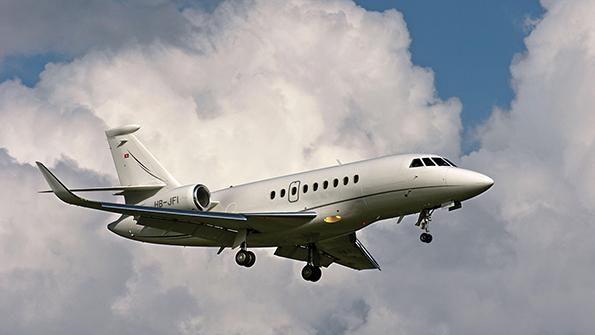
Fleet availability is below 5% in most sectors.
Conventional wisdom has it that new vehicles are worth more than old ones. But there are exceptions—throughout 2022, the price of used cars went through the roof as the production and availability of new vehicles became increasingly limited. Aircraft pricing has been quite similar.
“We live in a world where an aircraft that is a year old in many cases is worth more than a brand-new one that is yet to come off the assembly line for the mere fact that the older aircraft is available right now,” says Chris Reynolds, business aviation valuations manager for Aircraft Bluebook.
- Intense demand has created a seller’s market
- Pre-owned aircraft market could moderate in 2023, some experts say
Reynolds confirmed that fourth-quarter data concludes aircraft valuations, across all types and sizes, continue to rise or represent no change since earlier in 2022.
In business aviation, since time is the ultimate value, trumping the latest technology or the flashiest upgrades, there is a good chance an airworthy aircraft that hits the market could sell for a higher price than one that will take an OEM a year or more to deliver. Thus, the market remains in the seller’s favor.
“In a traditional market, any time fleet availability goes from about 10% or higher, it becomes a buyer’s market,” notes Reynolds. “I’d say we’re currently below 5% in most sectors, with others showing zero availability.”
This trend is continuing even though charter demand has cooled off slightly.
One reason the business aviation aircraft market is tight is that first-time buyers are not bringing usable trade-ins to replace new aircraft they scoop up. Regardless of size, type and year, prices are all over the place due to the fierce competition for aircraft—which in many cases occurs off-market and through internal connections. Amid this unpredictability, the only generalization that can be made is that prices are up, which is not the way things usually happen.
Traditionally speaking, legacy aircraft depreciate around 6-7% per year, and by the time they have weathered a decade of wear and tear, the aircraft’s value is typically half the original worth. The financial crisis of 2008 delivered a blow to the business aviation market, and it took the COVID-19 pandemic to help accelerate the leftover recovery.
However, some experts predict the pre-owned market will moderate in 2023 to more “reasonable” levels, with inventory expected to increase. When that occurs, pricing will ease or decline, says Carlos Brana, Dassault Aviation executive vice president of civil aircraft. A decline in used-aircraft pricing broadens the gap between the cost of new and used. That can slow the decision process of buying a new aircraft, Brana says.
A move to a more moderate market, though, could mean that those who waited to purchase a used aircraft in the midst of record-low inventory and rising prices may decide now is the time to buy, he adds.





